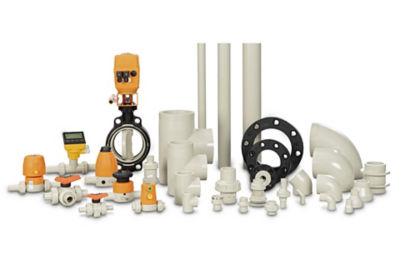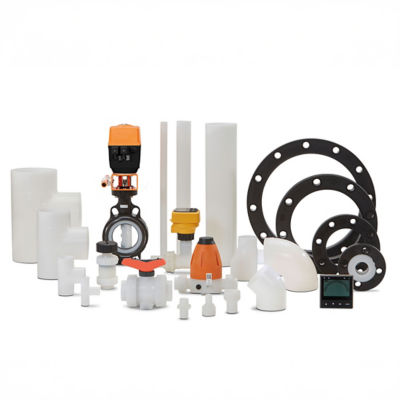Direct Liquid Cooling in Data Centers
Direct Liquid Cooling (DLC), including direct-to-chip cooling or cold plate cooling, is becoming essential in high-density data centers, where traditional air cooling can no longer keep pace with rising power densities from AI-driven CPUs and GPUs. By transferring heat directly from processors to a circulating coolant such as propylene glycol 25% (PG25) or other engineered fluids, DLC enables superior thermal performance, supports rack loads of 100 kW and above, and significantly improves energy efficiency.
In a typical setup, coolant flows through a Technology Cooling System (TCS) to cold plates mounted on heat-generating components. Heat is absorbed and routed via a Coolant Distribution Unit (CDU) to the Facility Water System (FWS), where it is rejected. Maintaining fluid purity, pressure stability, and leak-tight integrity is critical, especially given the small microchannels in cold plates and the proximity of fluid to sensitive electronics.
This is where polymer piping systems provide a distinct advantage over metal piping systems. High-performance materials such as polypropylene (PP) and polyvinylidene fluoride (PVDF) are corrosion-resistant, chemically compatible, and help maintain coolant quality. They operate reliably in a wide temperature range from -20°C to +140°C (PVDF) and 0°C to 80°C (PP-H), with pressure resistance up to 10 bar. Available in sizes from d16 to d500 mm, these materials are joined using advanced infrared welding (IR fusion) for fully traceable, pressure-tested performance.
Lighter and easier to install than metal alternatives, polymer solutions also enable prefabrication and modular deployment, helping reduce installation time, cost, and on-site complexity. This makes them ideal for both new builds and retrofits, supporting future-ready, sustainable cooling infrastructure.















